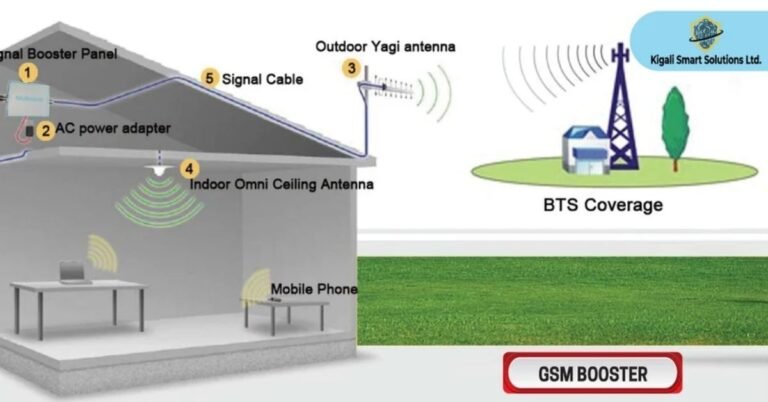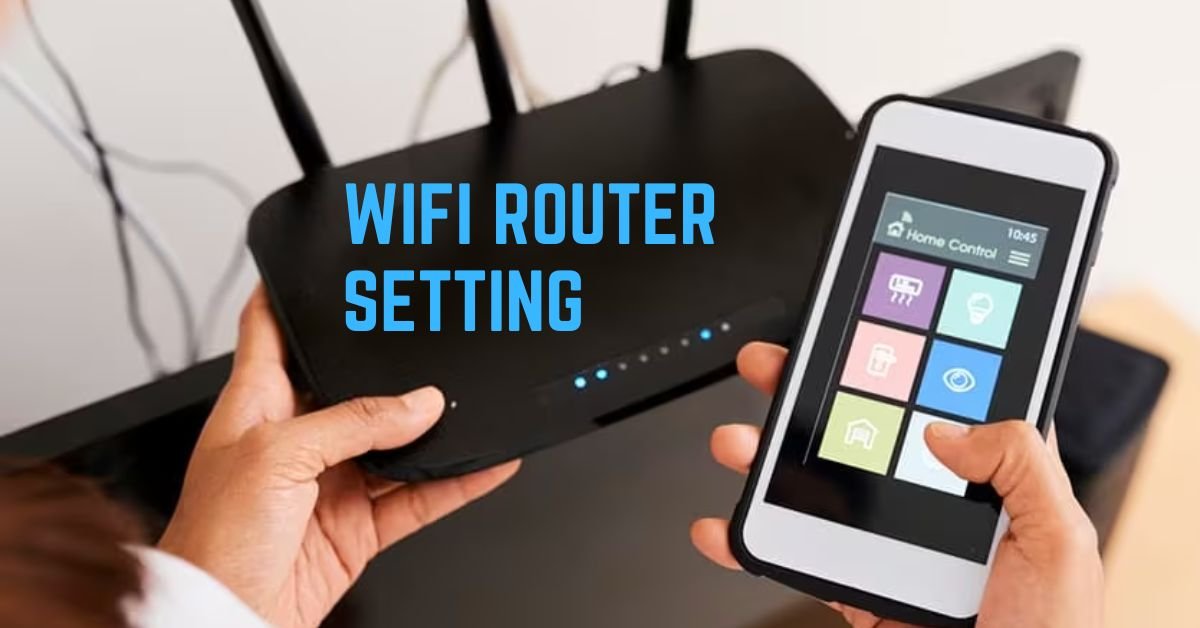
Related Blog


The Future of Traffic Lights: Harnessing Technology for Safer and Smoother Drives
May 13, 2024
No Comments

Understanding How Do GSM Signal Jammers Work: A Detailed Guide with Diagrams
May 12, 2024
No Comments

How to Fix Slow Internet Speed: A Comprehensive Guide
May 11, 2024
No Comments

Understanding Vehicle GSM Jammers: A Comprehensive Guide
May 10, 2024
No Comments

